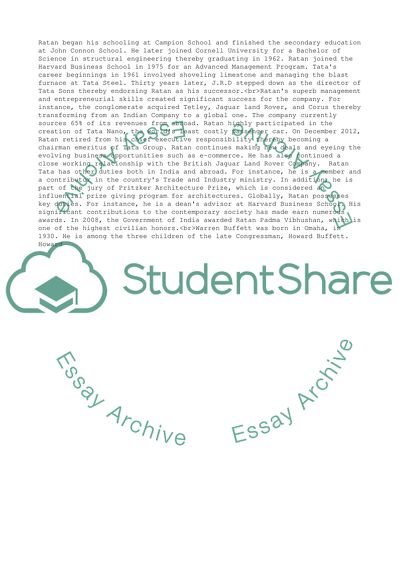Cite this document
(“Entrepreneurship in the Global Environment - Comparing Entrepreneurs Assignment”, n.d.)
Retrieved from https://studentshare.org/management/1670566-entrepreneurship-in-the-global-environment-comparing-entrepreneurs-from-different-industries-ratan-tata-warren-buffett
Retrieved from https://studentshare.org/management/1670566-entrepreneurship-in-the-global-environment-comparing-entrepreneurs-from-different-industries-ratan-tata-warren-buffett
(Entrepreneurship in the Global Environment - Comparing Entrepreneurs Assignment)
https://studentshare.org/management/1670566-entrepreneurship-in-the-global-environment-comparing-entrepreneurs-from-different-industries-ratan-tata-warren-buffett.
https://studentshare.org/management/1670566-entrepreneurship-in-the-global-environment-comparing-entrepreneurs-from-different-industries-ratan-tata-warren-buffett.
“Entrepreneurship in the Global Environment - Comparing Entrepreneurs Assignment”, n.d. https://studentshare.org/management/1670566-entrepreneurship-in-the-global-environment-comparing-entrepreneurs-from-different-industries-ratan-tata-warren-buffett.


